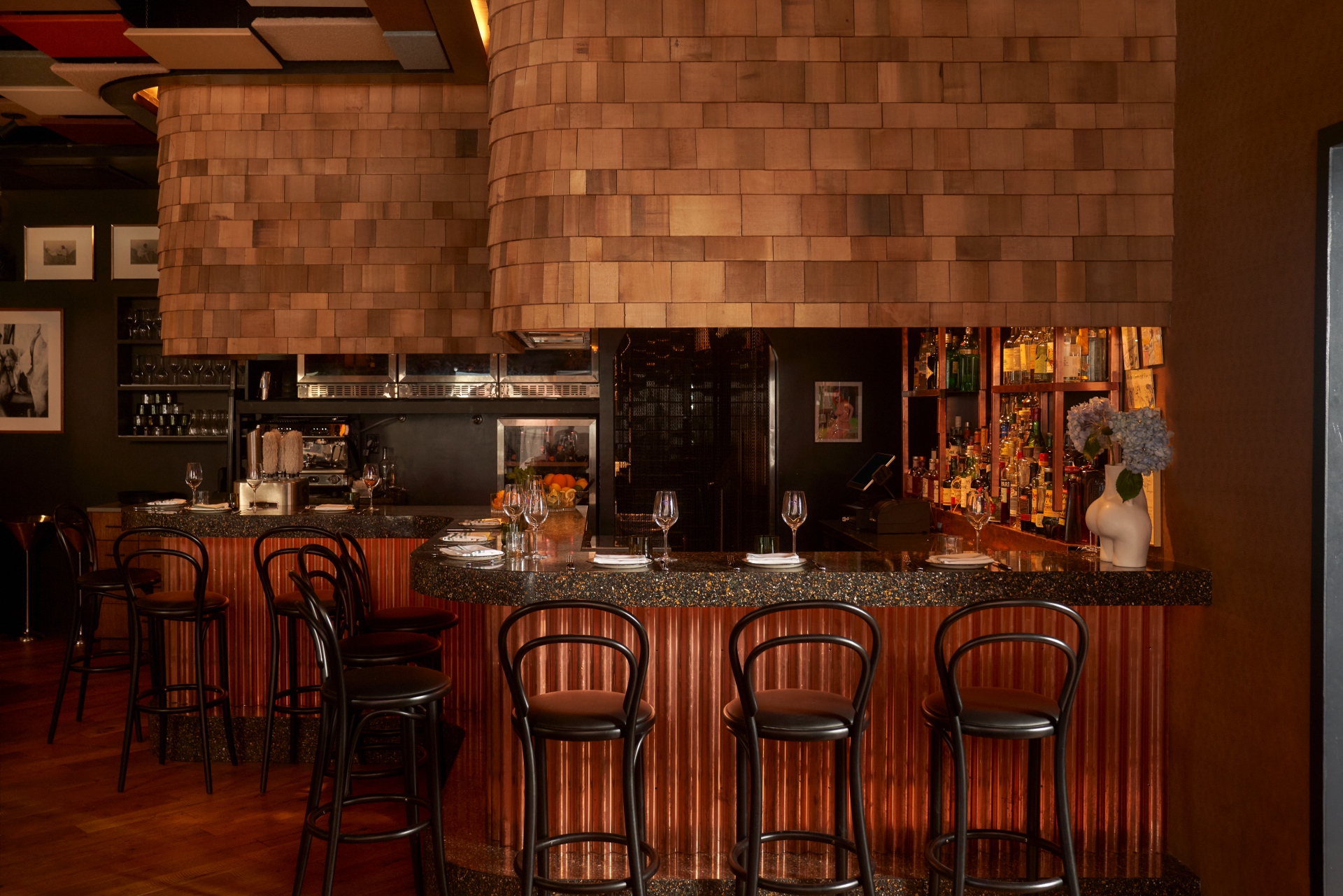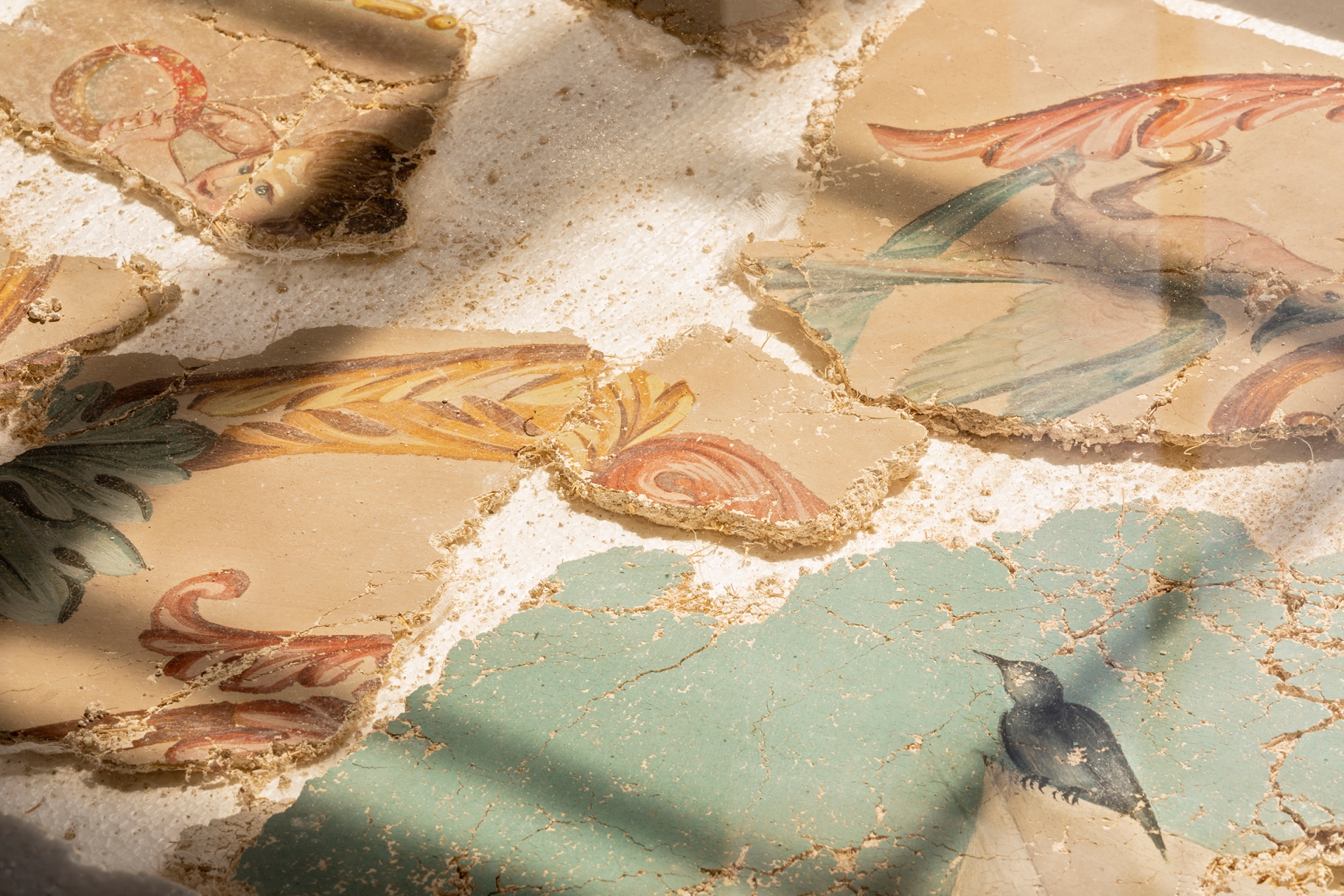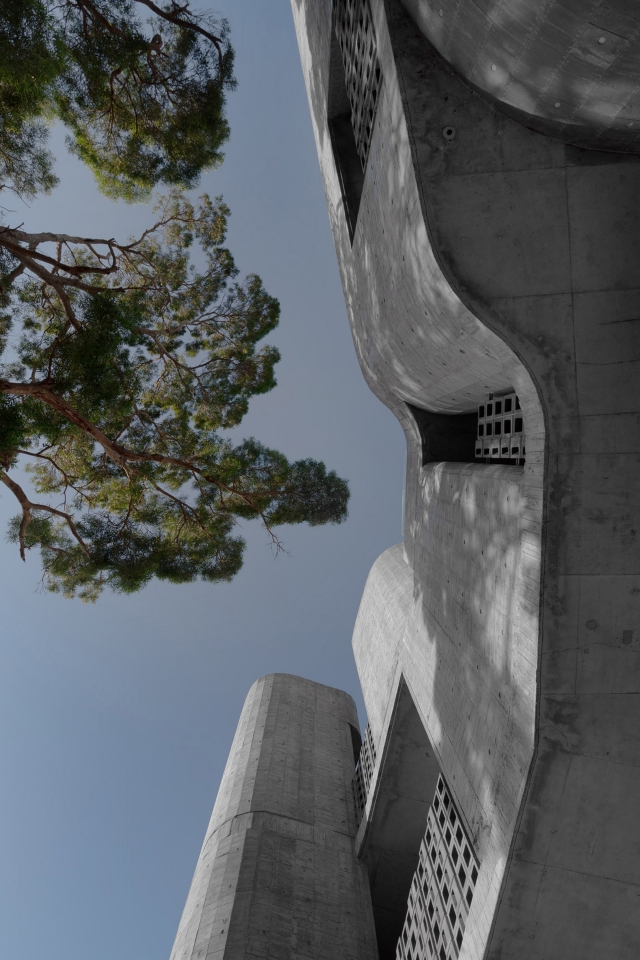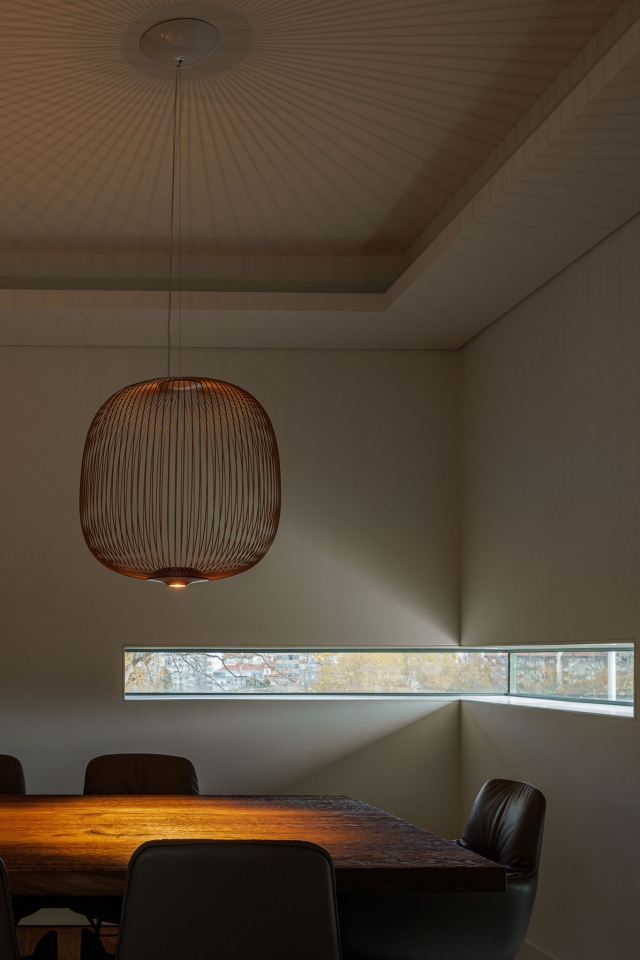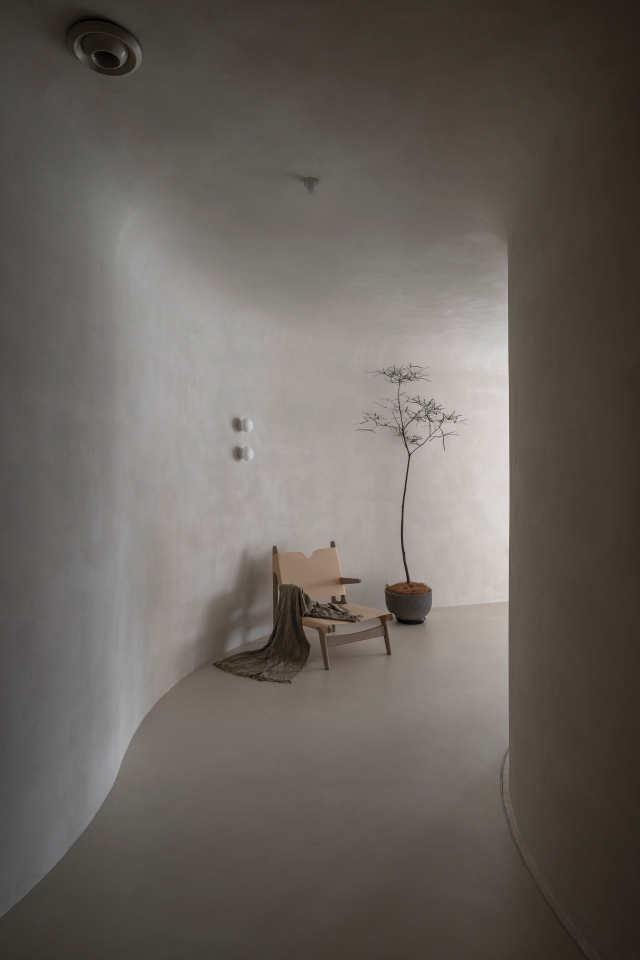Annabel Karim Kassar is a French-Lebanese architect and designer and founder of AKK Architects. With offices in Beirut, Dubai and London, the company has developed masterplans; commercial, cultural and historical residential buildings; and interiors for office spaces, bars, clubs and restaurants using its unique furniture and lighting collections.
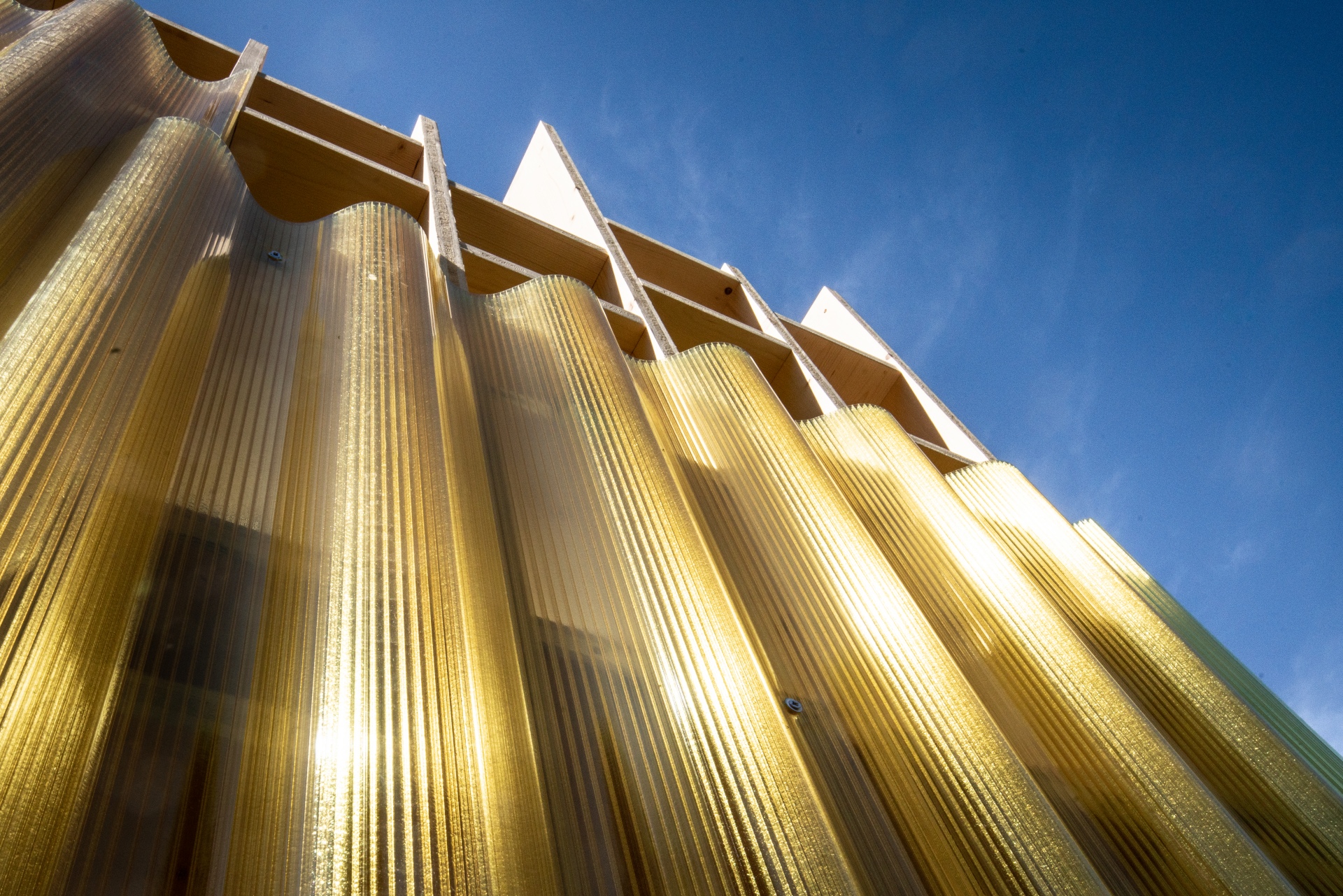
Karim Kassar has won awards for large-scale public installations including ‘Mezzing in Lebanon’, the Pavilion of Lebanon installation won the London Design Biennale Medal in 2016 and ‘Camera Chiara’ at Milan Design Week 2015. In the mid 90’s, she was declared winner of the competition to redesign the cinema multiplex in Downtown Beirut Souks. Her architecture combines a modernist vocabulary with the detailed craftsmanship and aesthetic of traditional Arab, Berber and Ottoman culture. Her career has been devoted to exploring the frontier between eastern and western design in a series of major building projects across North America, the Levant and the Gulf.
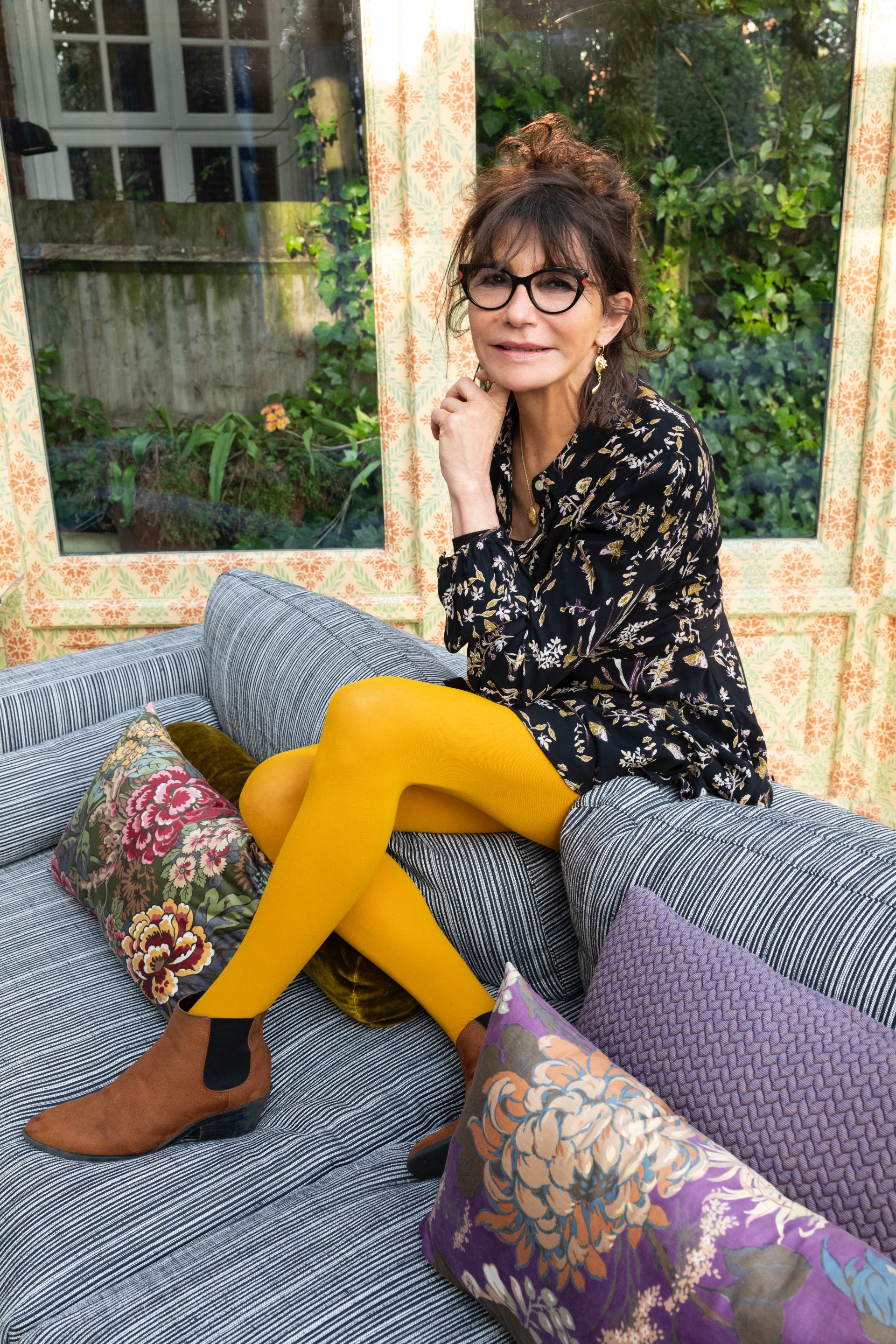
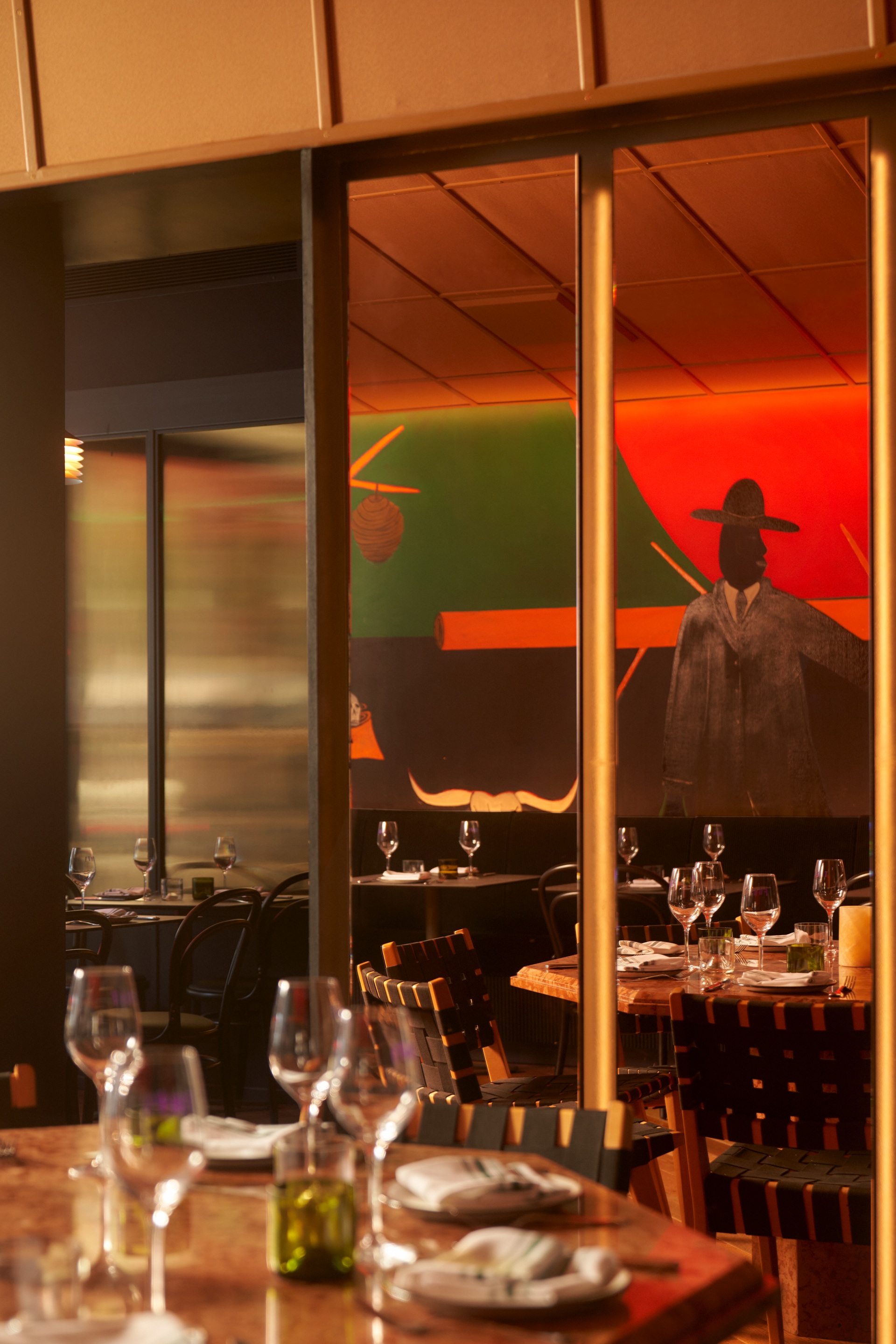
Karim Kassar’s unique furniture designs combine oriental craft and colour with a contemporary aesthetic. In recent years, AKK architects have focused on creating an architectural space that allows its inhabitants to witness modern structures and ornamental elements coexisting organically. By using cutting edge technology to create kinetic ceilings to collaborate with craftsmen and women who bring their century old technique to projects, AKK Architects frees its architecture from having to choose between conviviality and aesthetic rigour. Design becomes more a process than a style. Find out more at https://annabelkassar.com
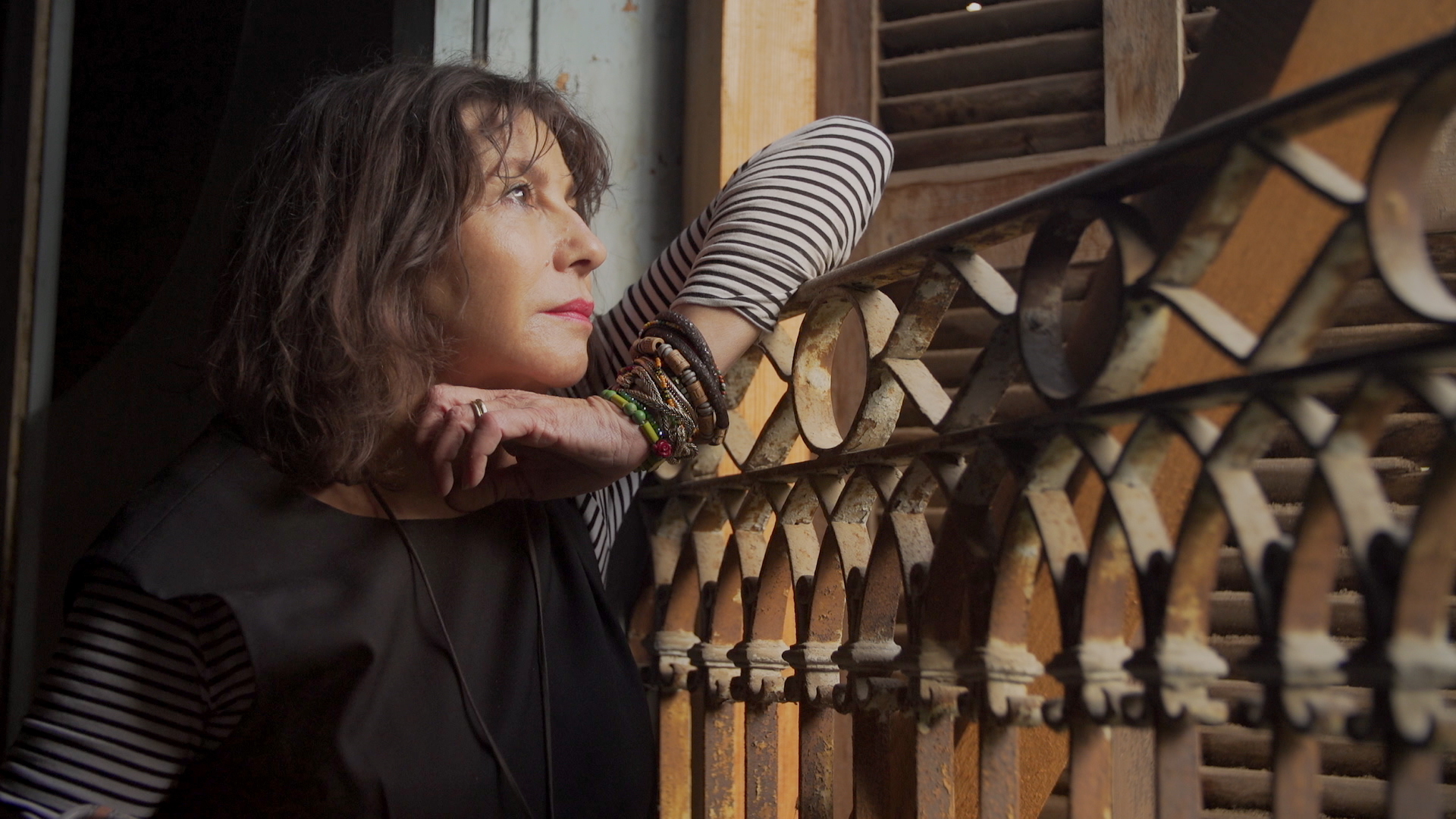
What first sparked your interest in architecture and design, and made you decide to pursue it as a career?
I studied architecture in Paris in the 70’s, the heady decade of freedom and possibility that followed May ‘68. Architecture and design combined my interests in art (how we see the world) and psychoanalysis (how we see ourselves). I’ve practised in many countries: France, Lebanon, Morocco, and the UAE. As an outsider, each new experience excited my creative process. In 1994 I founded my own architecture company, later branching out to cover interiors, lighting and furniture design. Creating restaurant and living spaces has become a major focus as I like making total spaces where emotion is as important as form. I am an artist as much as an architect.
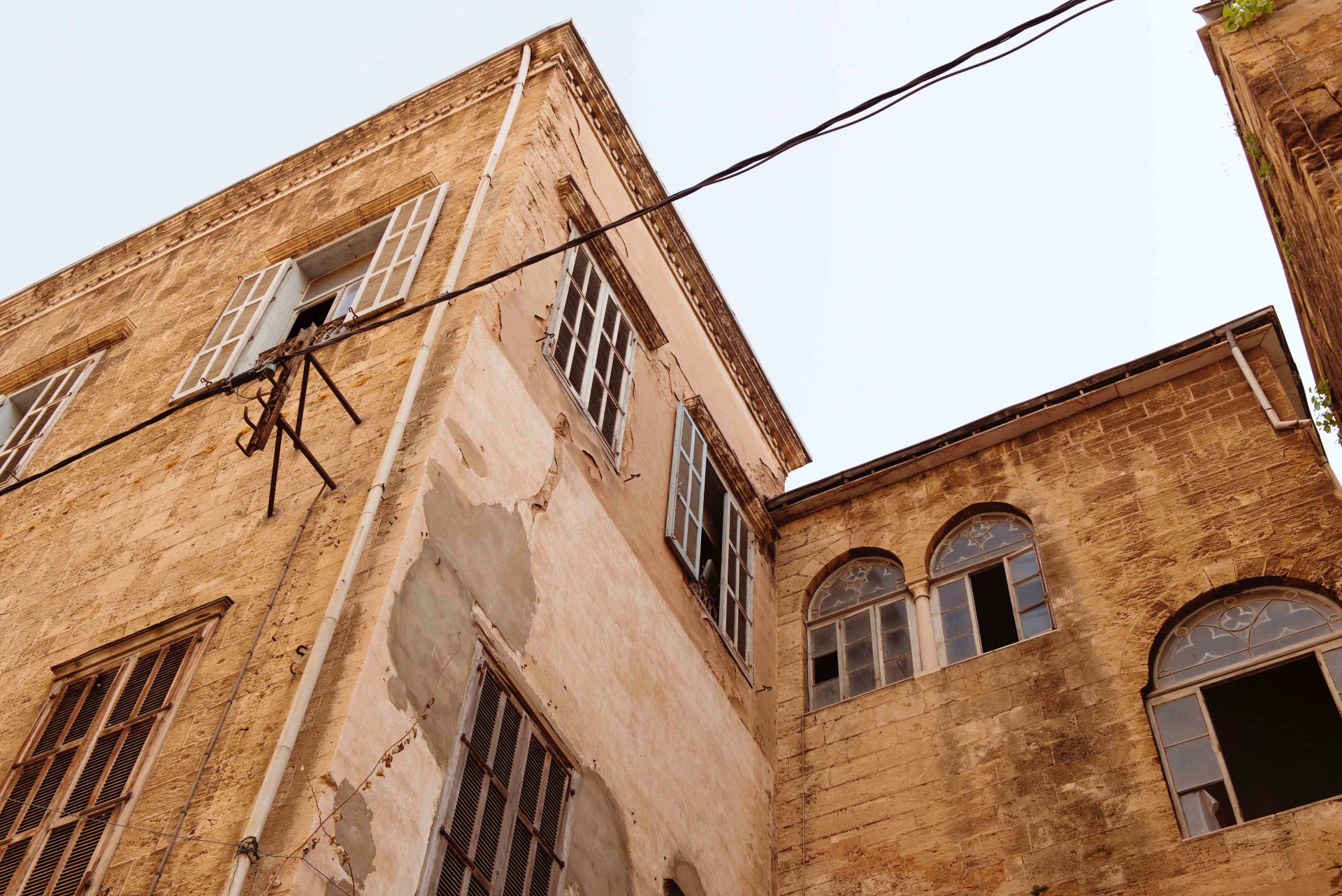
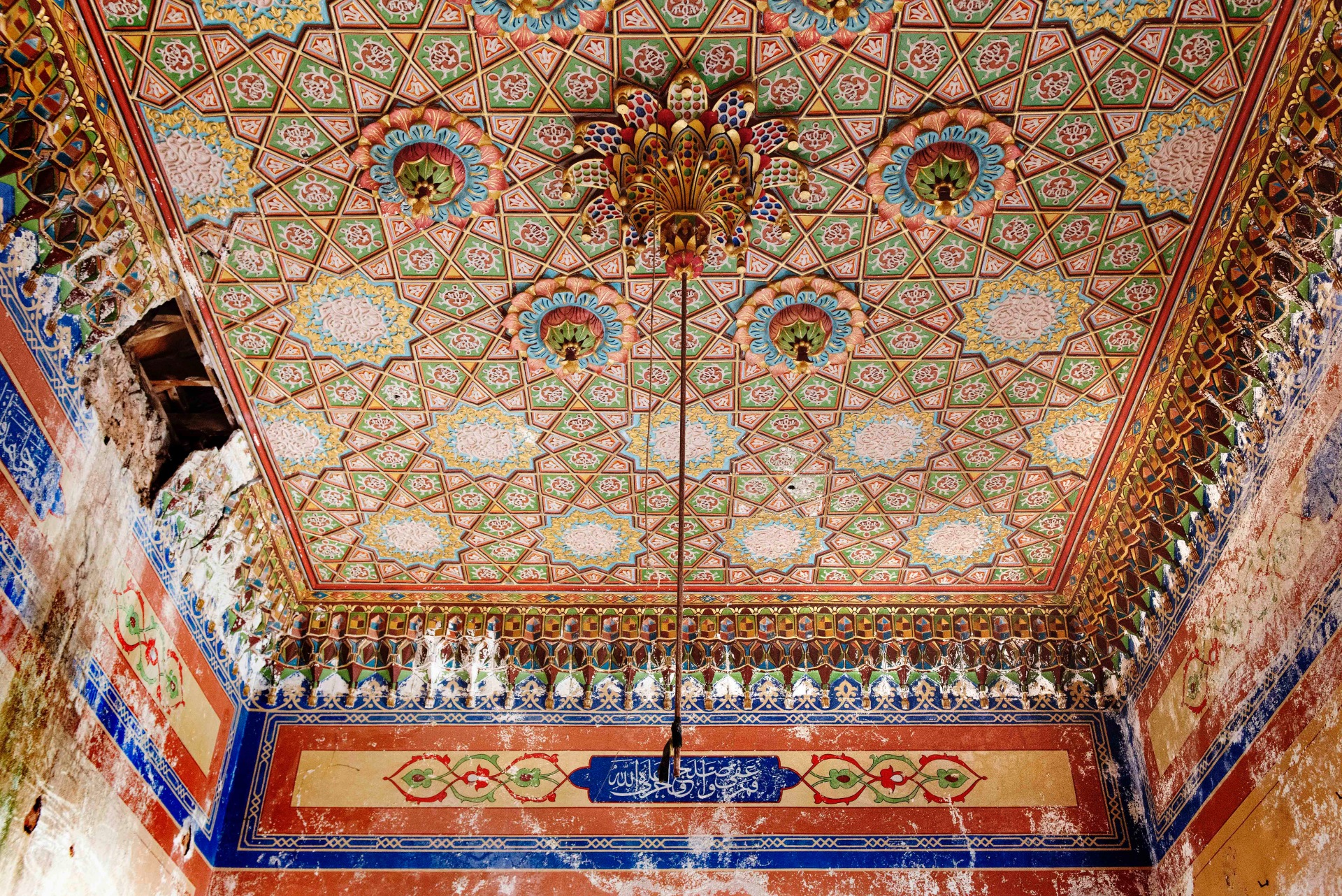
In your opinion, what makes a space unique?
History, tradition, the lived experience of human beings. I start with that rather than abstract forms. Then I add energy, light and ornamentation. Detail is a quest. I prefer craftwork and high quality materials rather than cold minimalism. Texture, textiles and tactile surfaces are more authentic and humanising than flat, blank walls filled in with a random selection of paintings. Surface texture is always sensitive to light.
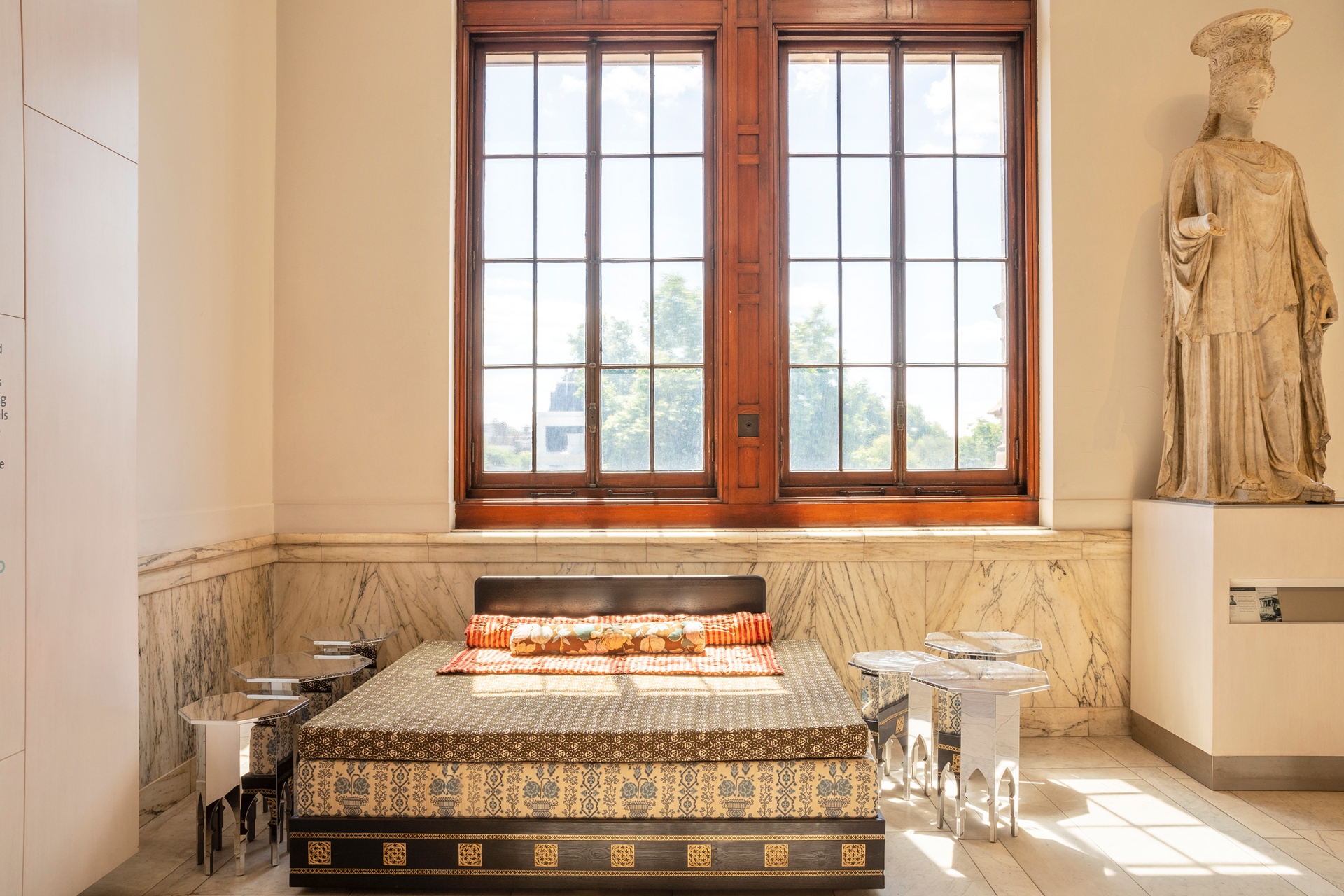
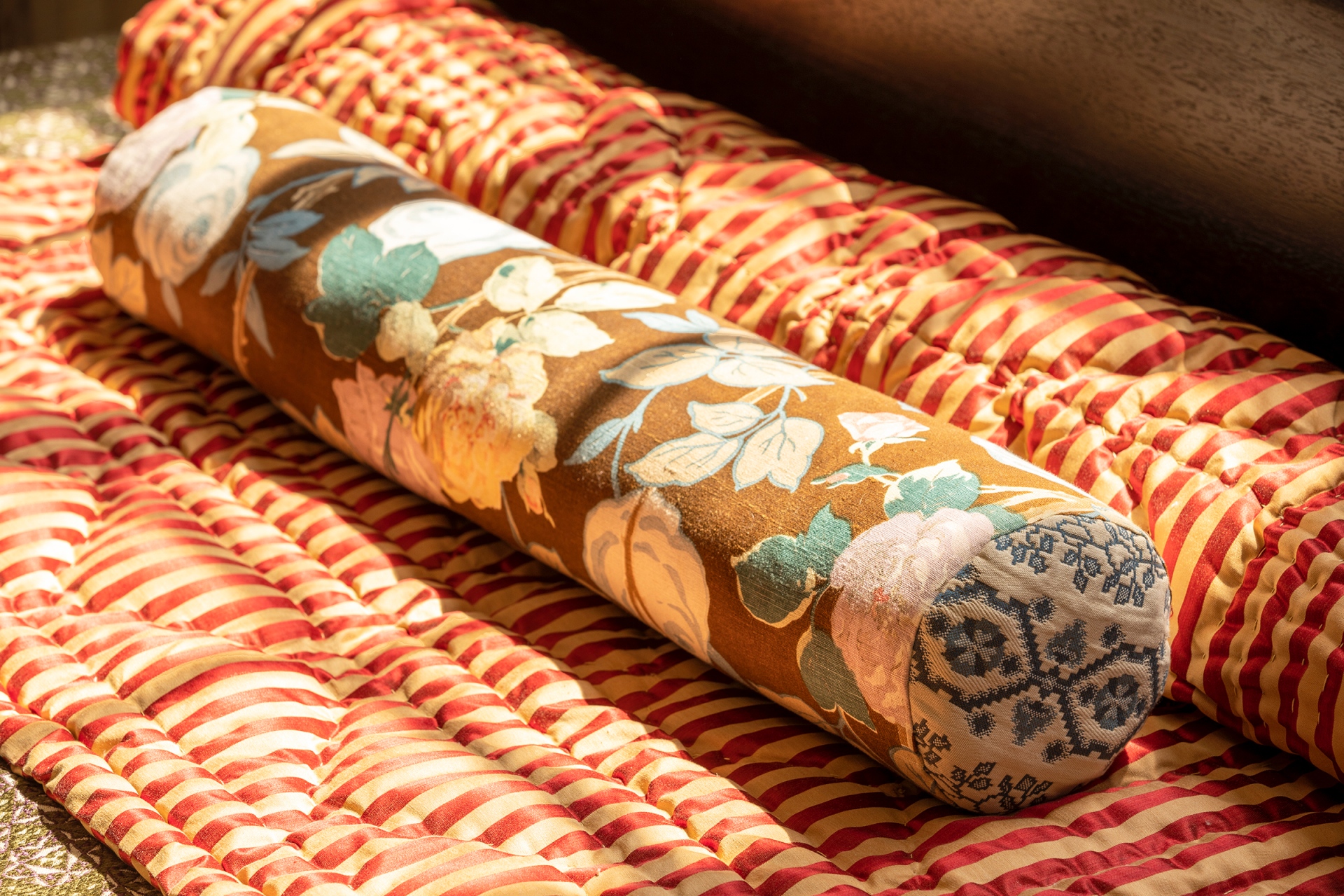
How would you describe your design approach and core values?
I am very atypical ‘I don’t have a signature style’. I distrust the “star architect” system, I am extremely logical and rigorous - I have a scientific background. But I question everything all the time. My approach is always experimental and iterative. I constantly put myself into question. Architecture and design is a process of asking questions rather than imposing the architect’s predetermined views. At the same time, having worked in many countries and cultures, I am sensitive to skills and solutions perfected over centuries. I try to blend traditional approaches with modern technology.
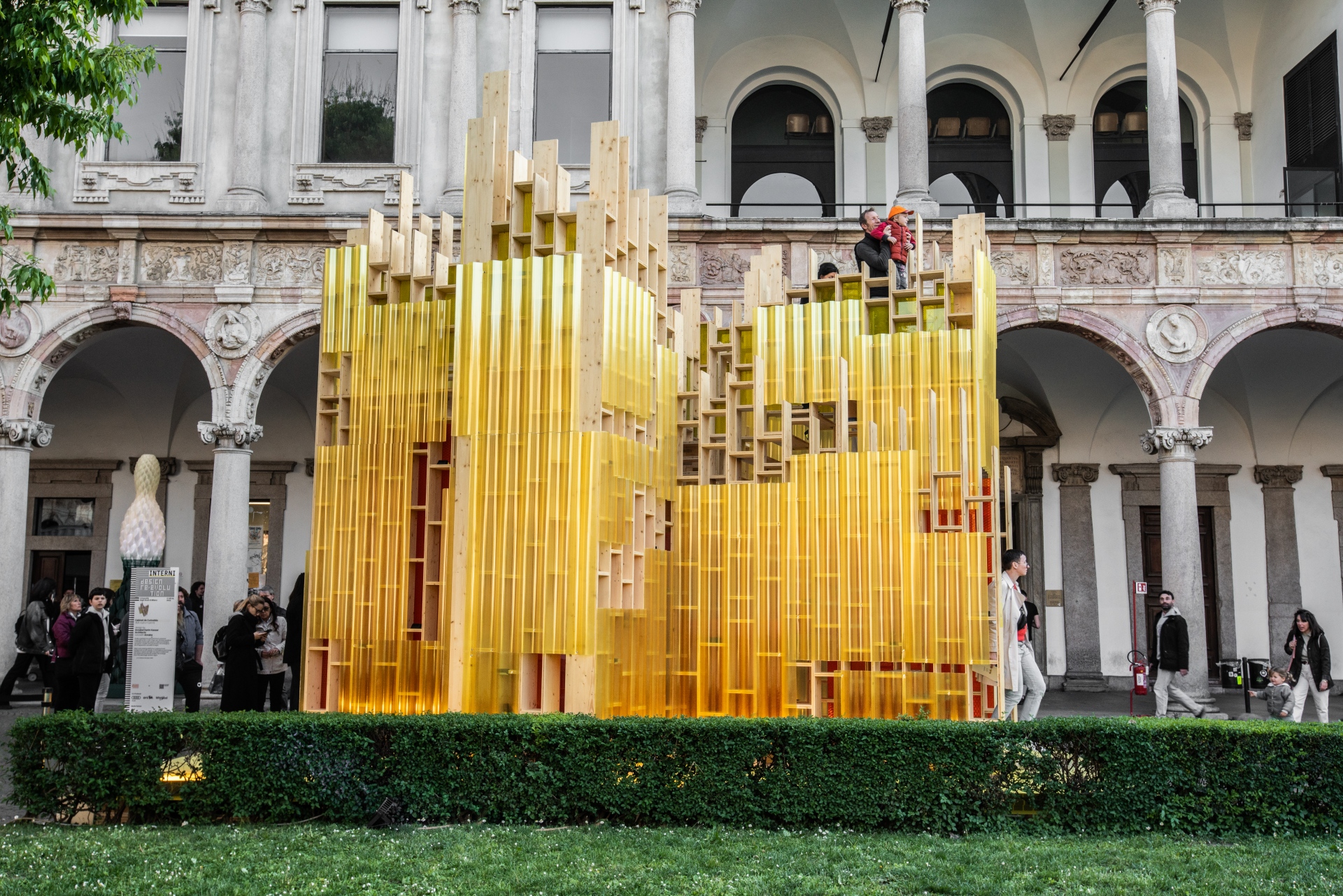
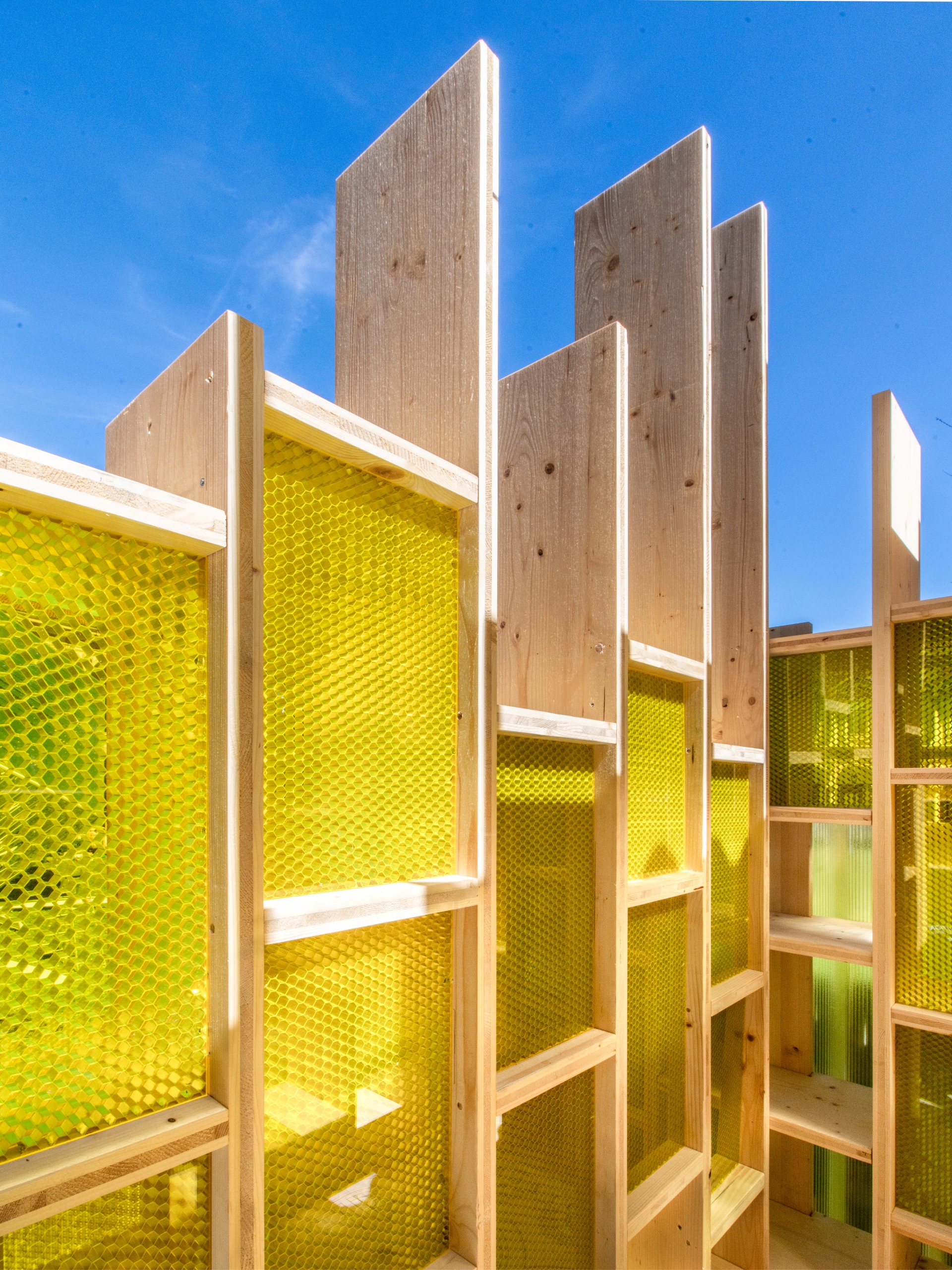
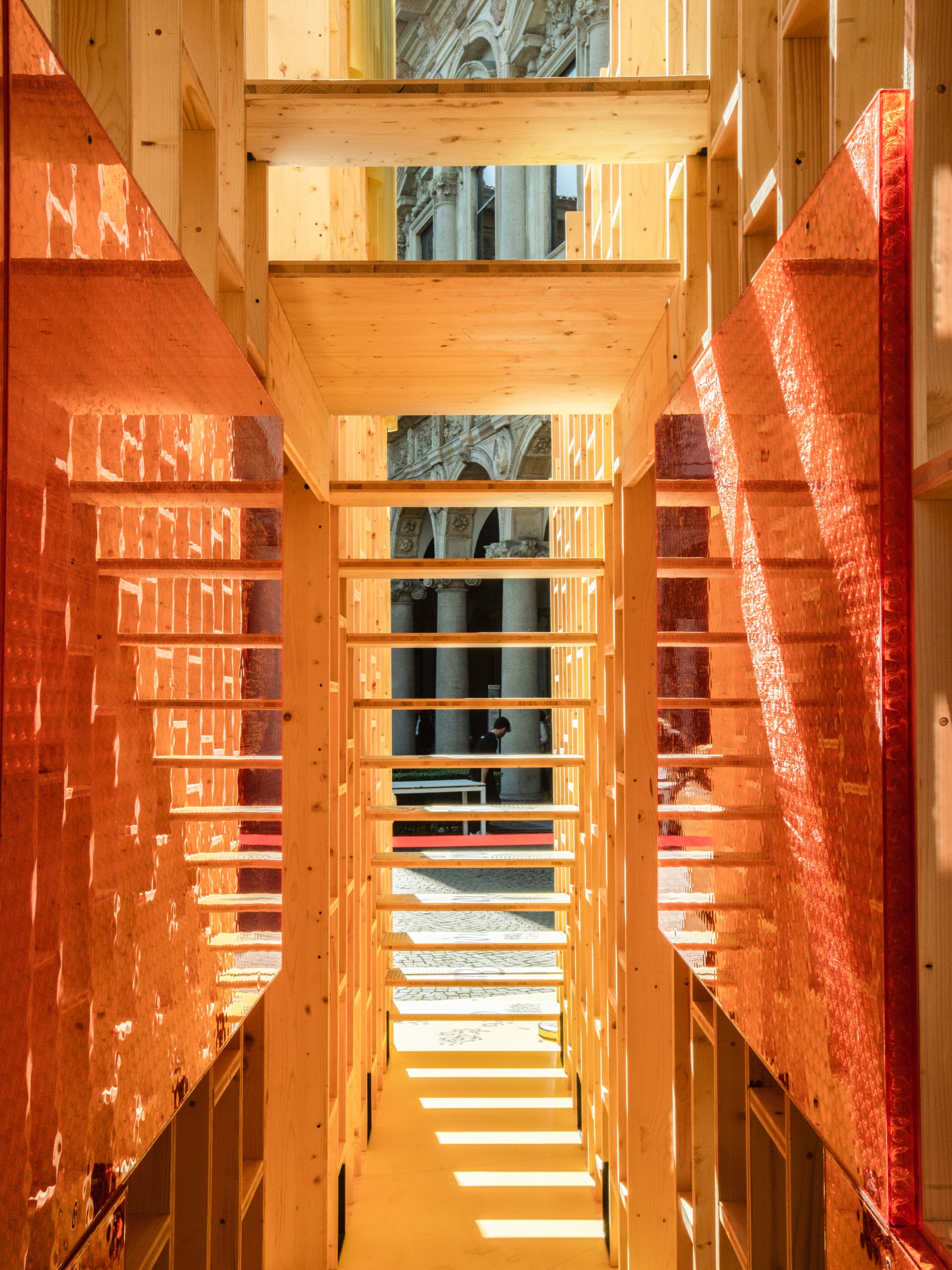
What do you want someone’s first impression of your residential projects to be?
I seek to evoke an emotional response – like looking at a painting. It is definitely not about someone saying “That’s an Annabel Karim Kassar house!” It’s about them saying: “I feel happy and more human in this space.” I want them to feel an energy from being in the space. I want them to feel their emotions changing.
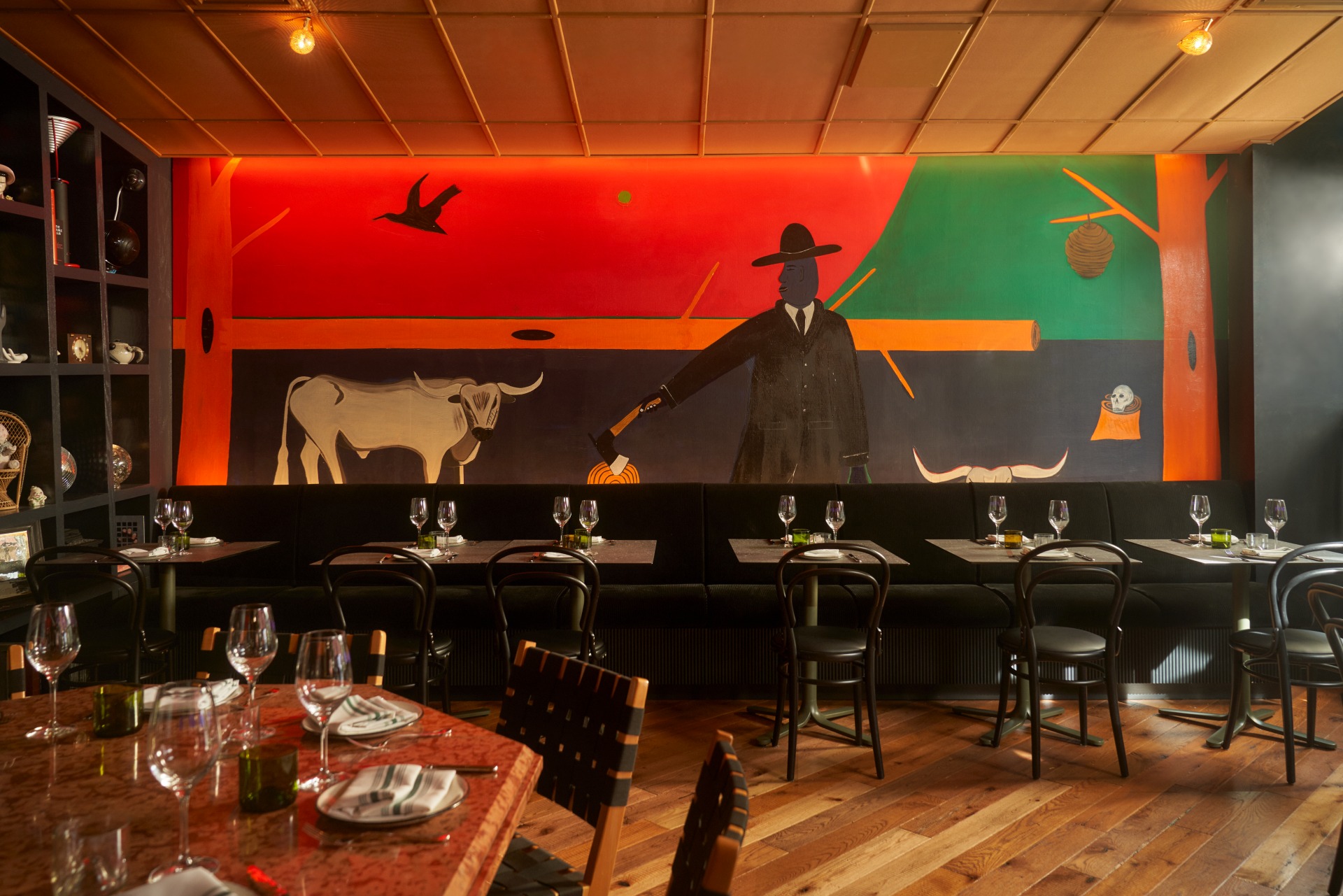
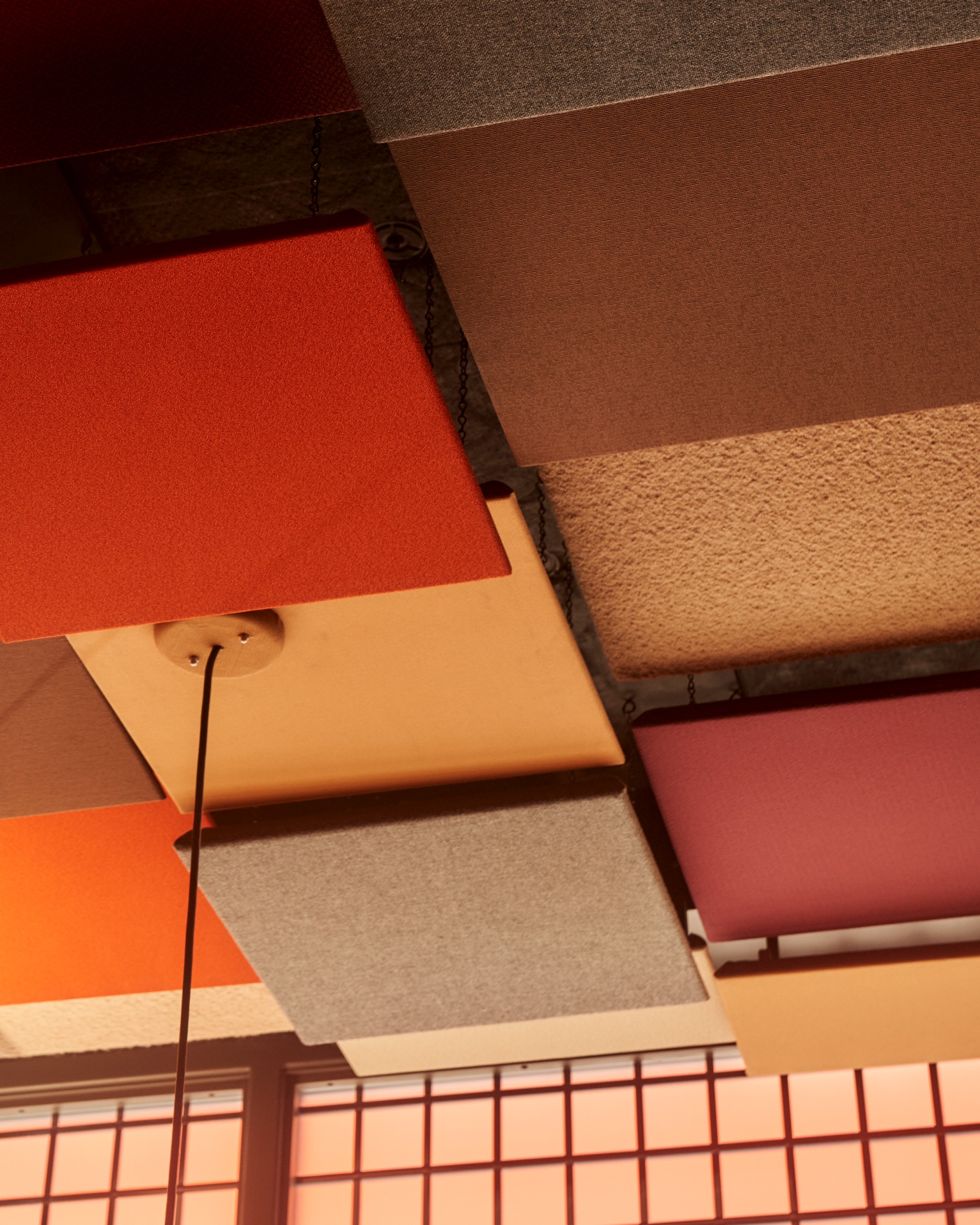
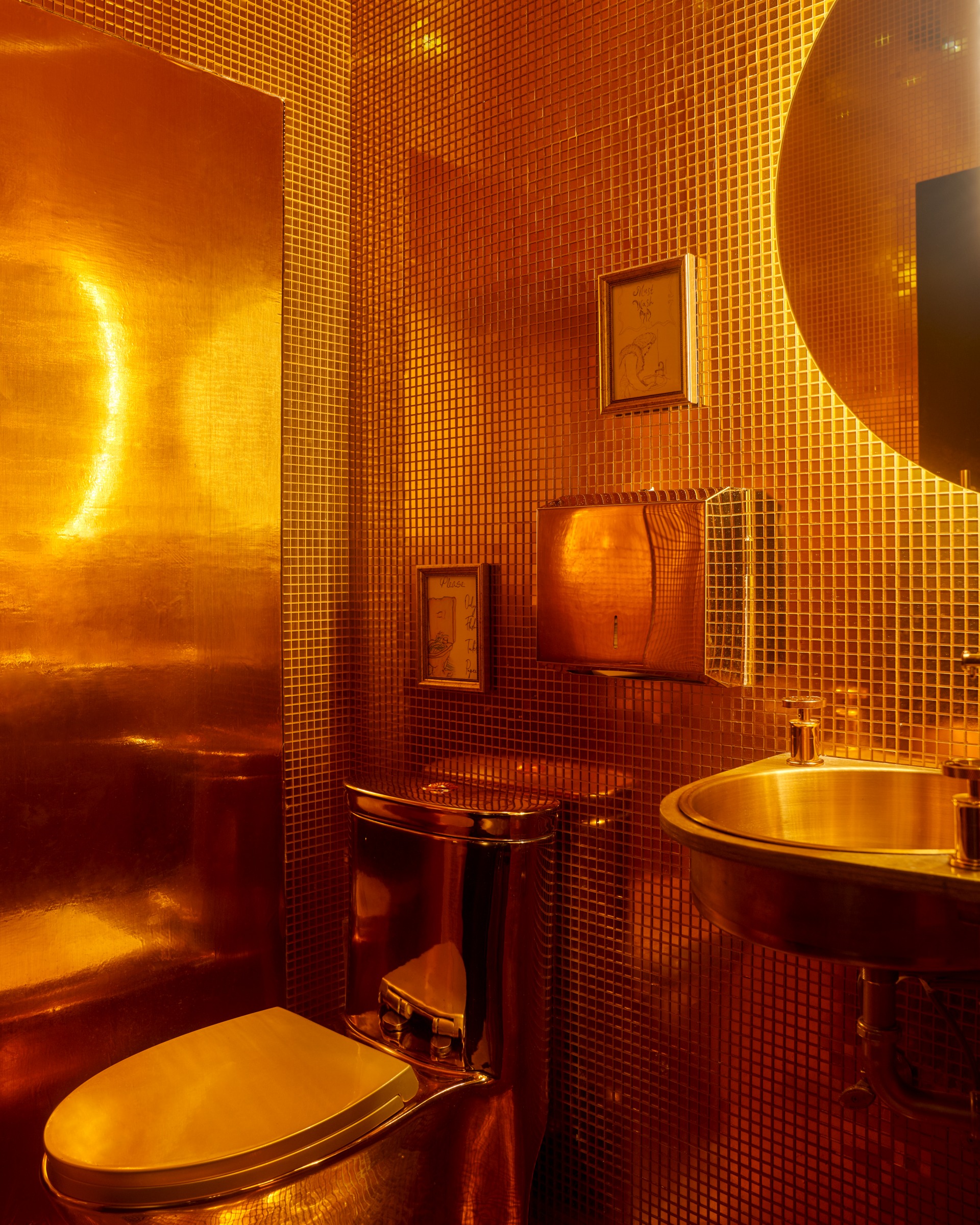
Who or what has had the largest influence on your work?
Architecture frames space and inhabiting space is always psychologically emotional. I’m influenced by psychoanalysis (Lacan), cinema (Godard), painting (Cezanne). I love the architectural masters: Bauhaus, Le Corbusier and my university mentor Aymeric Zublena. I am fascinated by the experimental architecture of the American artist-designer Lebbeus Woods. Among female architects, I like the work of Lina Bo-Bardi, the extraordinary Brazilian architect and designer. But it is not a matter of following the masters. It is about using their insights in new contexts.
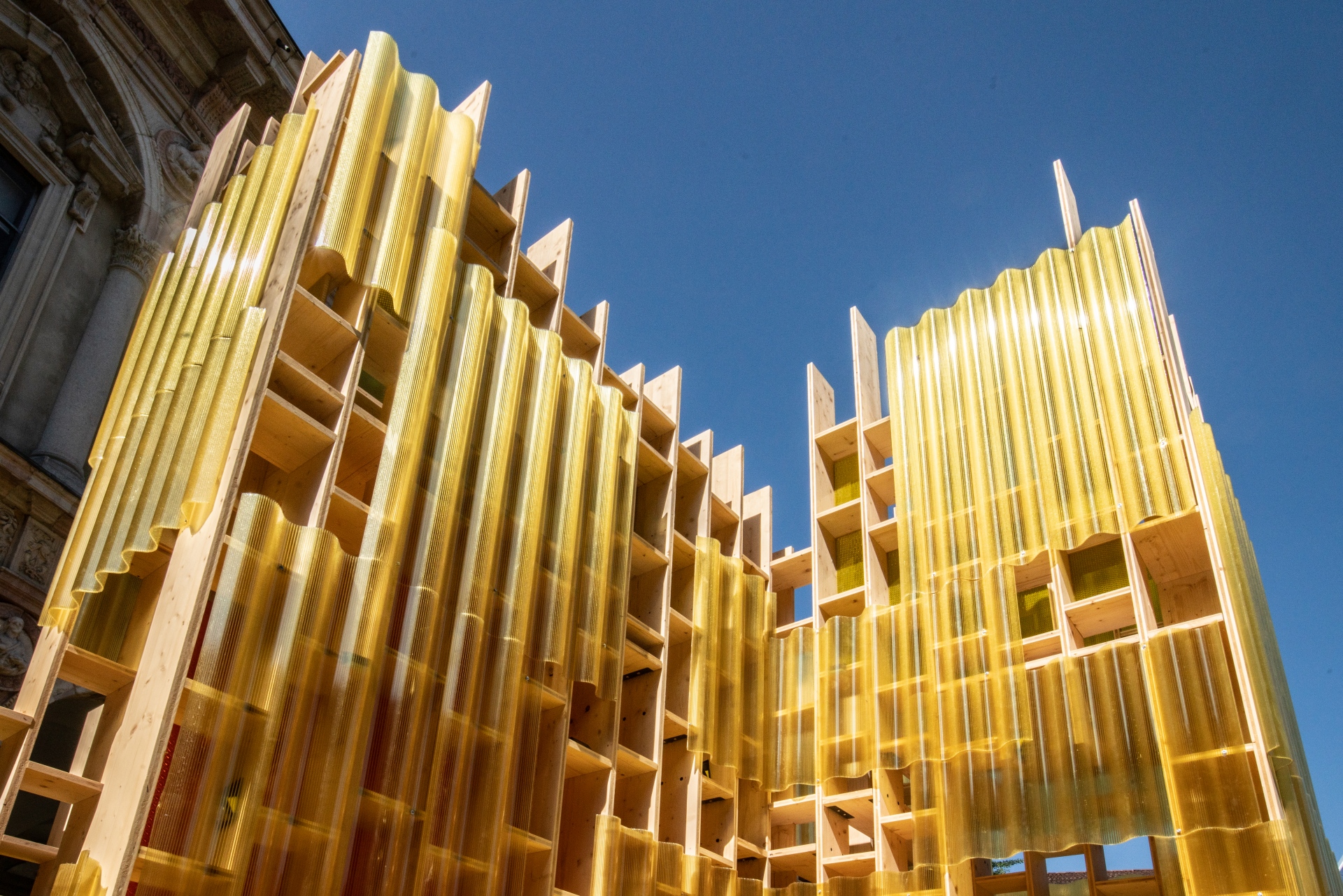
When it comes to designing and restoring homes, what do you find most rewarding and challenging?
I like to take risks. I radically rethink the functionality of particular living and working interiors, to reinforce the connectivity of the occupants with the place. Bringing value to overlooked spaces is one of the most rewarding parts of my work. Take bathrooms for instance where we spend so much of our private time. I hate dead spaces like corridors. Bringing old spaces back to life is inspirational.
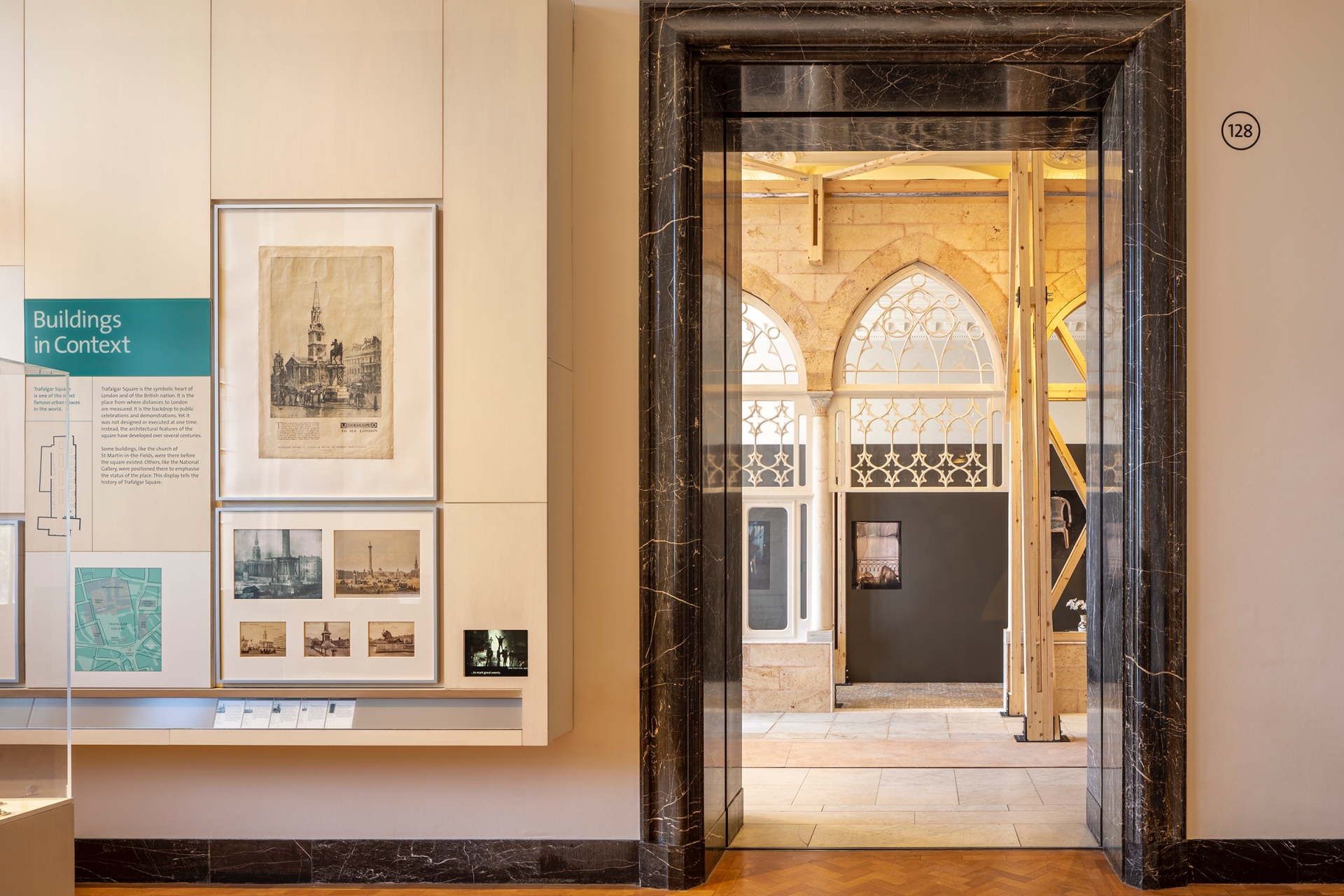
What is the most significant project you’ve handled to date?
A private home in North London that I designed for a Franco-Arab family. It belonged to an elderly English lady. It was like a Tardis, a tall and narrow Victorian house, filled to bursting with an incredible amount of accumulated objects from Africa and India, typical of British military families of the Victorian era. I liked that the house contained its past. When I took it over, this inspired me to be free to add my own influences.
Currently I am working on a preservation project with the aim of rescuing a rare example of nineteenth-century Beiruti architecture. The aesthetics of the Ottoman era - their scale, elegance and craftsmanship - permeate the consciousness of the Lebanese people and their Mediterranean culture. But once completed it will be an original take on modern living, with rooms arranged and furnished in a contemporary and surprising way! For me it is important that we show not only the beauty of historical architecture, but how well it can as part of our modern lives.
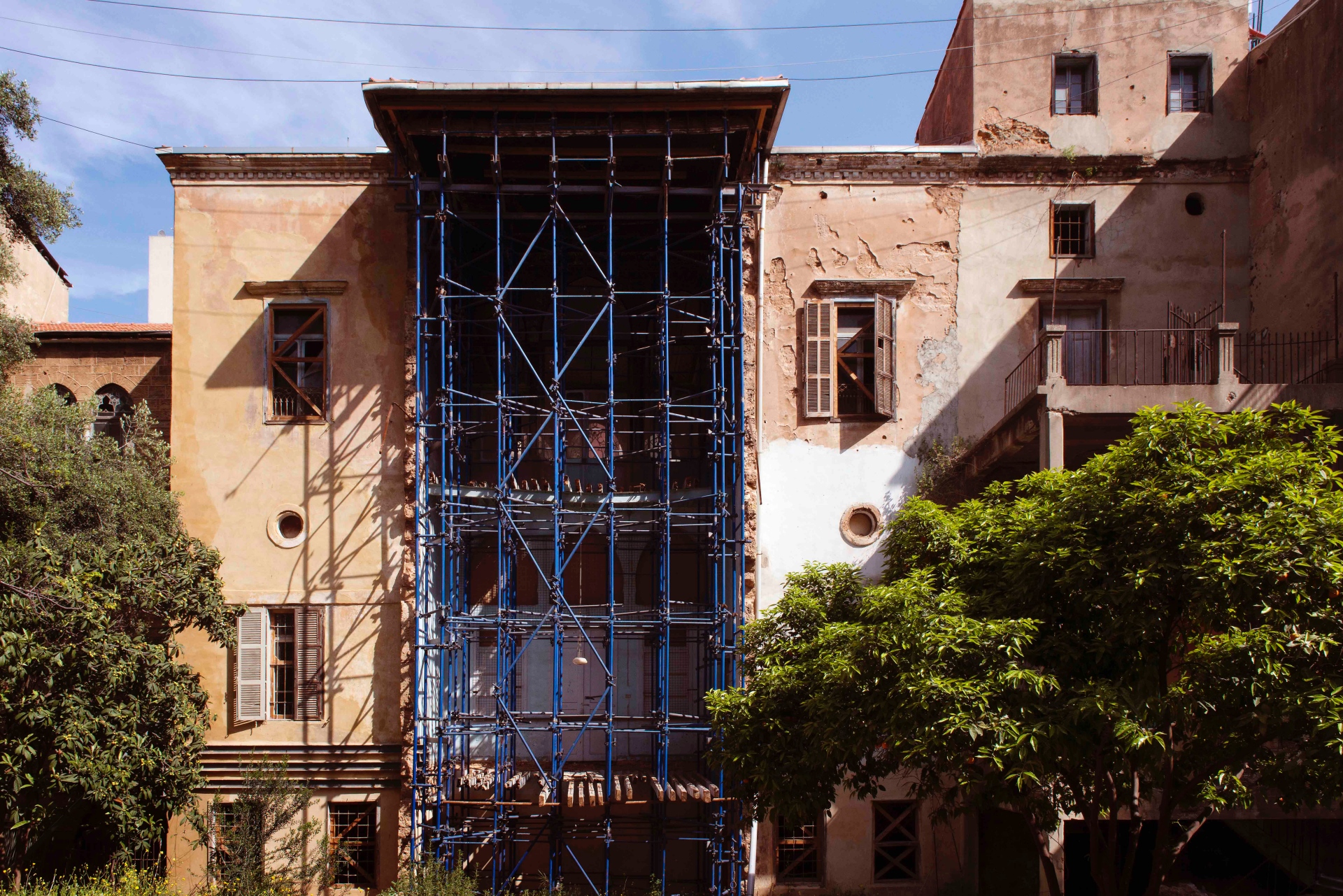

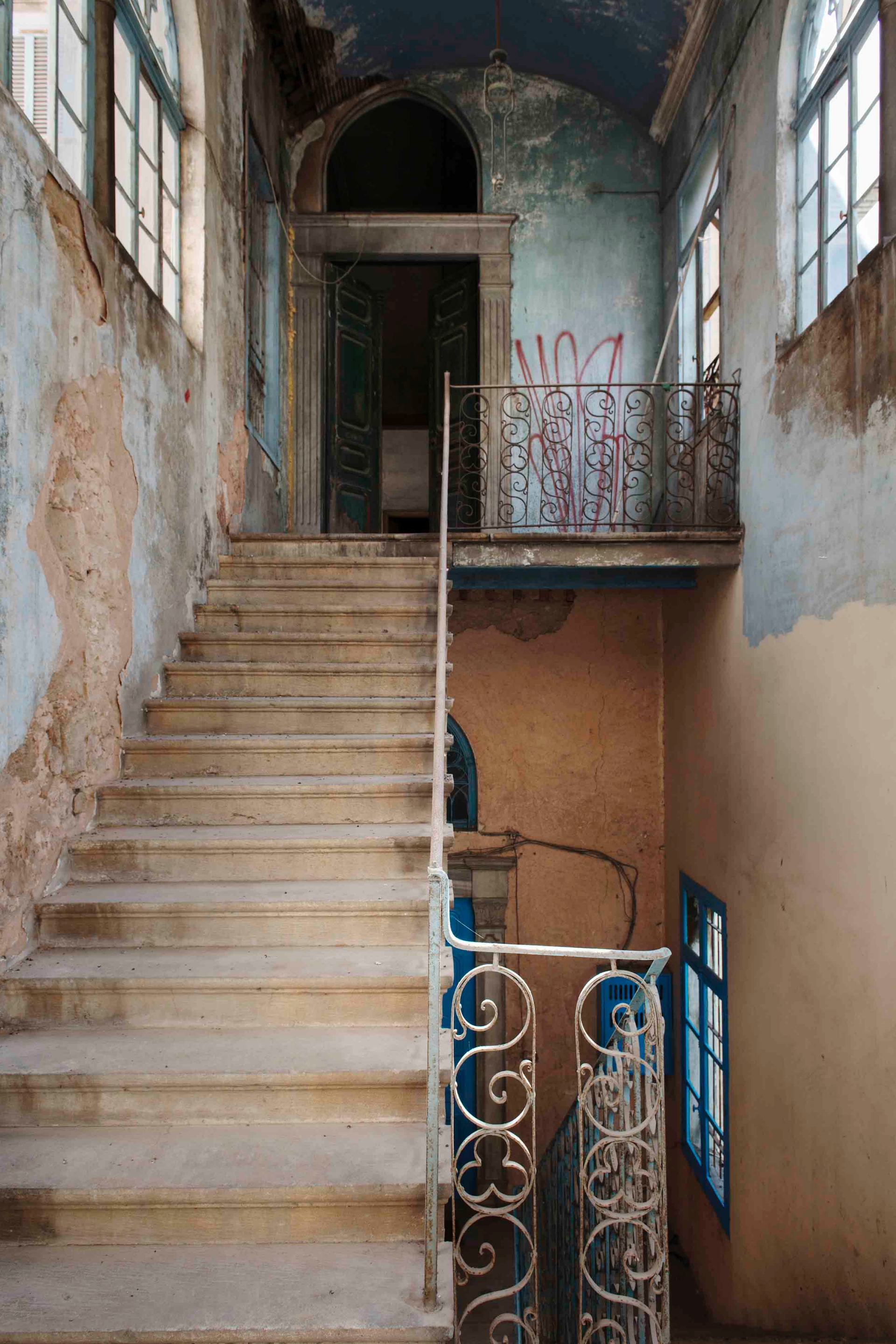
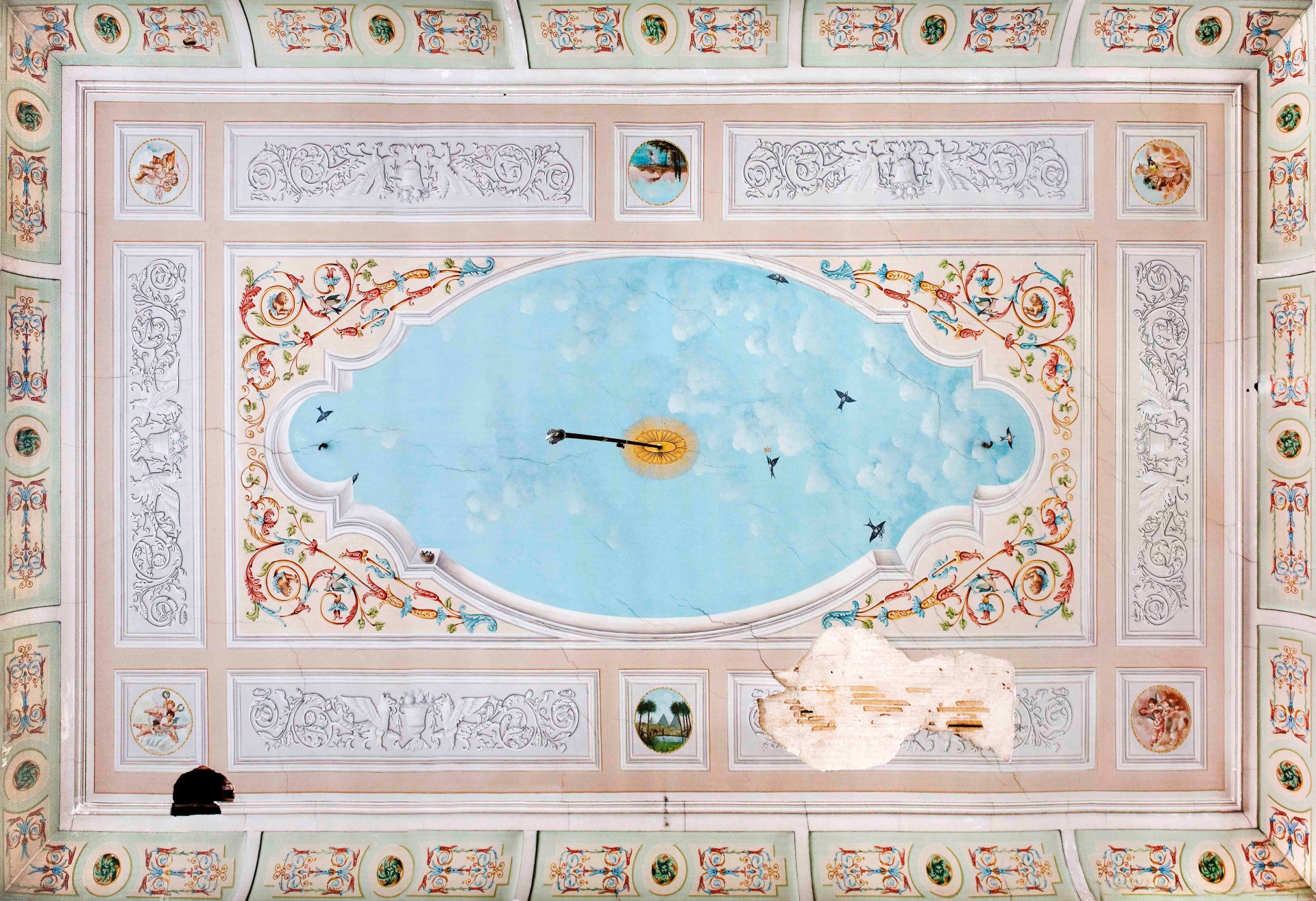
Where do you go to look for good design/ inspiration?
You discover good design through curiosity. I learn through travelling and being curious. When I am visiting a city, I love to go with an old architectural book, or a novel, and try to find old buildings. When I first visited Istanbul I went with a very old French book from the 1880s. I did the same in London, in Morocco (where I lived and taught), and Beirut where I was settled. The best way to build something is to live where it is situated to better understand its history and environment.
